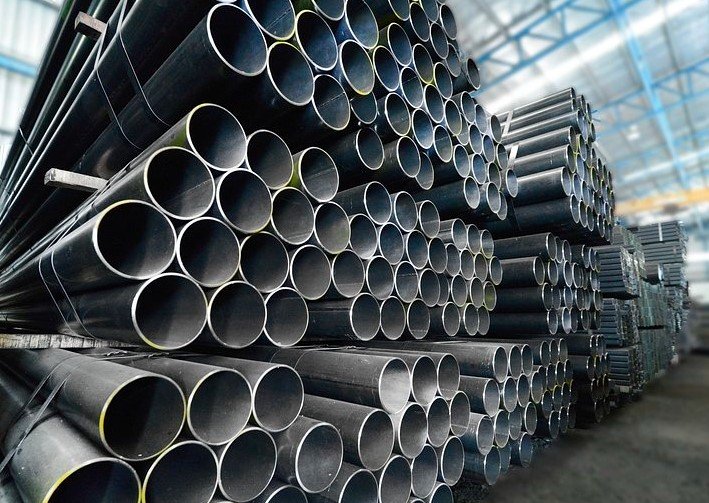India’s Steel Exports to U.S. Are Minimal, Officials Say
President Donald Trump’s decision to impose a 25% tariff on all steel and aluminum imports into the United States has drawn widespread reactions, but India appears largely unmoved. With only 95,000 tonnes of steel exported to the U.S. last year—out of a total domestic output of 145 million tonnes—Indian officials maintain that the impact will be negligible. However, trade experts caution that the move could set off ripple effects in global markets, potentially affecting India’s export strategies in the long run.
Trump’s Bold Move and Its Implications
The tariff announcement, made just weeks before Prime Minister Narendra Modi’s scheduled visit to Washington, is the latest in a series of trade restrictions imposed by the Trump administration. With no exemptions granted, the protectionist measure is expected to benefit American steel manufacturers while creating uncertainty for international exporters.
For India, the immediate impact appears minor. Union Steel Secretary Sandeep Poundrik downplayed concerns, emphasizing that India’s exports to the U.S. form only a fraction of the country’s steel production. “So, how does it matter if you are not able to export 95,000 tonnes?” he stated during an industry event.

But the bigger concern lies in how global markets will react. If other countries implement similar protective measures, Indian steel producers could face stiffer trade barriers elsewhere. A similar scenario unfolded in 2018 when the U.S. last imposed steel tariffs, prompting India to retaliate with higher duties on 29 American products.
The Global Steel Market and India’s Position
The broader concern isn’t just about India-U.S. steel trade but the overall market dynamics. The global steel industry is already grappling with oversupply, and a major economy like the U.S. imposing barriers could set off a chain reaction.
- The European Union and China have expressed concerns over the new tariffs, fearing that surplus steel originally intended for the U.S. could flood their markets.
- Indian steel firms rely heavily on exports to markets like Europe and Southeast Asia, where price competition is already fierce.
- If multiple countries adopt protective measures, India’s exports could take a hit beyond just the U.S. market.
While India’s steel sector has largely focused on domestic demand, its international trade strategy may need adjustments in response to changing global trade policies.
India’s Next Steps: Policy and Market Adaptation
India has historically responded to U.S. tariffs with countermeasures, but this time, the government’s response has been notably muted. Industry leaders believe the country must adopt a dual strategy—expanding domestic consumption while securing trade pacts with other steel-importing nations.
- Strengthening Domestic Demand – India’s ongoing infrastructure projects and urban expansion present opportunities to absorb surplus steel production.
- Exploring Alternative Export Markets – Strengthening trade relationships with Southeast Asia, Africa, and Latin America could mitigate dependency on Western markets.
- Policy Reforms – Industry experts argue for better incentives and policy support to enhance Indian steel’s global competitiveness.
While the Trump administration’s latest move might not shake India’s steel sector immediately, its long-term effects remain uncertain. With global trade tensions brewing, India will have to stay vigilant and adaptable to safeguard its position in the steel industry.
